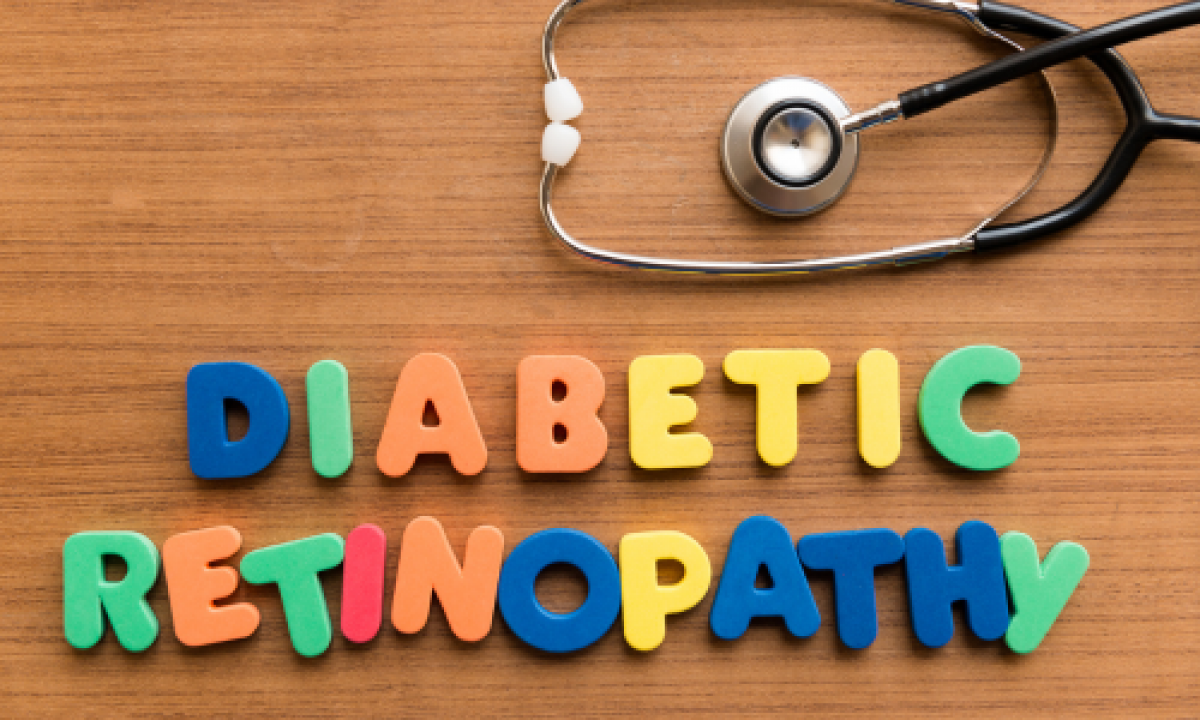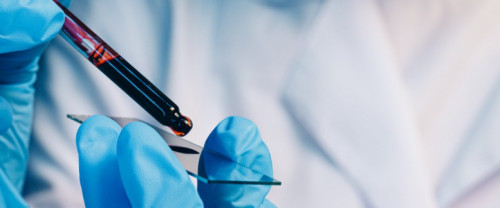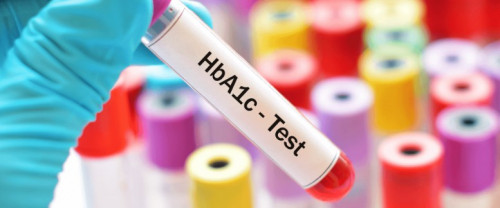Diabetes poses a significant risk to eye health, potentially leading to severe conditions like diabetic retinopathy and faster-onset cataracts. Detecting early signs of these eye disorders is challenging but crucial for protection. Symptoms include blurry vision, sudden changes, light sensitivity, and peripheral vision loss. Early detection through regular eye exams by specialists is vital to prevent extensive damage. Controlling blood sugar levels, routine check-ups, and a healthy lifestyle are key preventive measures to manage diabetes and minimize eye-related complications.
Diabetes significantly impacts eye health. One serious complication that can arise in diabetic individuals is eye disorders, such as diabetic retinopathy and cataracts. Early symptoms of eye disorders due to diabetes are often not easily detected, yet understanding these signs is crucial for eye protection.
What Constitutes Diabetic Eye Disorders? Eye disorders in diabetic individuals can manifest as diabetic retinopathy, a condition where high blood sugar damages blood vessels in the retina, an essential part of vision. Cataracts can also develop more rapidly in individuals with diabetes. These symptoms might not be immediately noticeable, but with regular monitoring and proper medical treatment, the risk of eye damage can be reduced.
Symptoms to Be Cautious:
- Blurry or Hazy Vision: Diabetic individuals may experience difficulty in seeing clearly.
- Sudden Vision Changes: Appearance of black spots or lines that disrupt vision.
- Light Sensitivity: Eyes become more sensitive to light, especially in bright lighting conditions.
- Loss of Peripheral Vision: Ability to see in the side field of vision might diminish or disappear completely.
The Importance of Early Detection Early detection of eye disorders in diabetic individuals is crucial to prevent more severe damage. Regular eye examinations, including vision tests and eye evaluations conducted by an eye doctor or ophthalmologist, can help detect issues at an early stage.
Preventive Measures and Treatment Blood Sugar:
- Control: Maintaining blood sugar levels within normal limits is a primary step to prevent eye complications.
- Regular Medical Care: Regular monitoring by an eye doctor is crucial to detect and manage eye issues.
- Healthy Lifestyle Changes: A healthy diet, regular exercise, and weight management can help control diabetes.
- Education and Awareness: The Importance of Information. Educating about the symptoms and risks associated with eye disorders in diabetes should be encouraged. Individuals with diabetes, their families, and communities should have a strong understanding of the importance of regular eye examinations and preventive measures that can be taken.
- Research Development: The Role of Innovation in Eye Protection Research continues to evolve to discover innovative approaches in preventing and treating eye complications caused by diabetes. This includes the development of new medications, advanced diagnostic technologies, and more effective treatment approaches.
Don't forget to monitoring HbA1c at various healthcare facilities like Clinical Laboratories, Hospitals, or Health Centers that support HbA1c examinations. One of our top tools for HbA1c testing is the Sinocare iCARE-2100 Multifunction Analyzer. With the Sinocare iCARE-2100 Multifunction Analyzer, you can quickly and easily measure HbA1c in clinics or long-term care facilities focusing on speed and comfort. In just 1 simple steps, you can measure HbA1c. The results are certified by the National Glycohemoglobin Standardization Protocol (NGSP) for accuracy. The Sinocare iCARE-2100 Multifunction Analyzer is an officially registered product under the Republic of Indonesia's Ministry of Health.
Key features of the Sinocare iCARE-2100 Multifunction Analyzer:
- Uses samples from capillaries and veins (can be stored in EDTA, Heparin & NaF tubes for up to 1 week at 8-12°C).
- This facilitates sample collection, especially if not immediately used.
- Requires a small blood sample (5 μL), ensuring ease of use. Fast measurement time (3 minutes) with the Sinocare iCARE-2100 Multifunction Analyzer.
- The Sinocare iCARE-2100 Multifunction Analyzer operates fully automatically, making it highly efficient.
- Flexibility in measuring two different panels simultaneously, enhancing operator efficiency. Equipped with a thermal printer for easy data interpretation. The touch screen with large font sizes provides user comfort and reduces reading errors.
Understanding symptoms of eye disorders due to diabetes and taking appropriate preventive measures are key to protecting vision. Diabetic individuals should prioritize eye care in their overall health management to avoid serious complication risks.
References:
- American Diabetes Association. (2021). Eye Complications.
- Centers for Disease Control and Prevention. (2020). Diabetes and Your Eyes.
- National Eye Institute. (2021). Diabetic Eye Disease.






